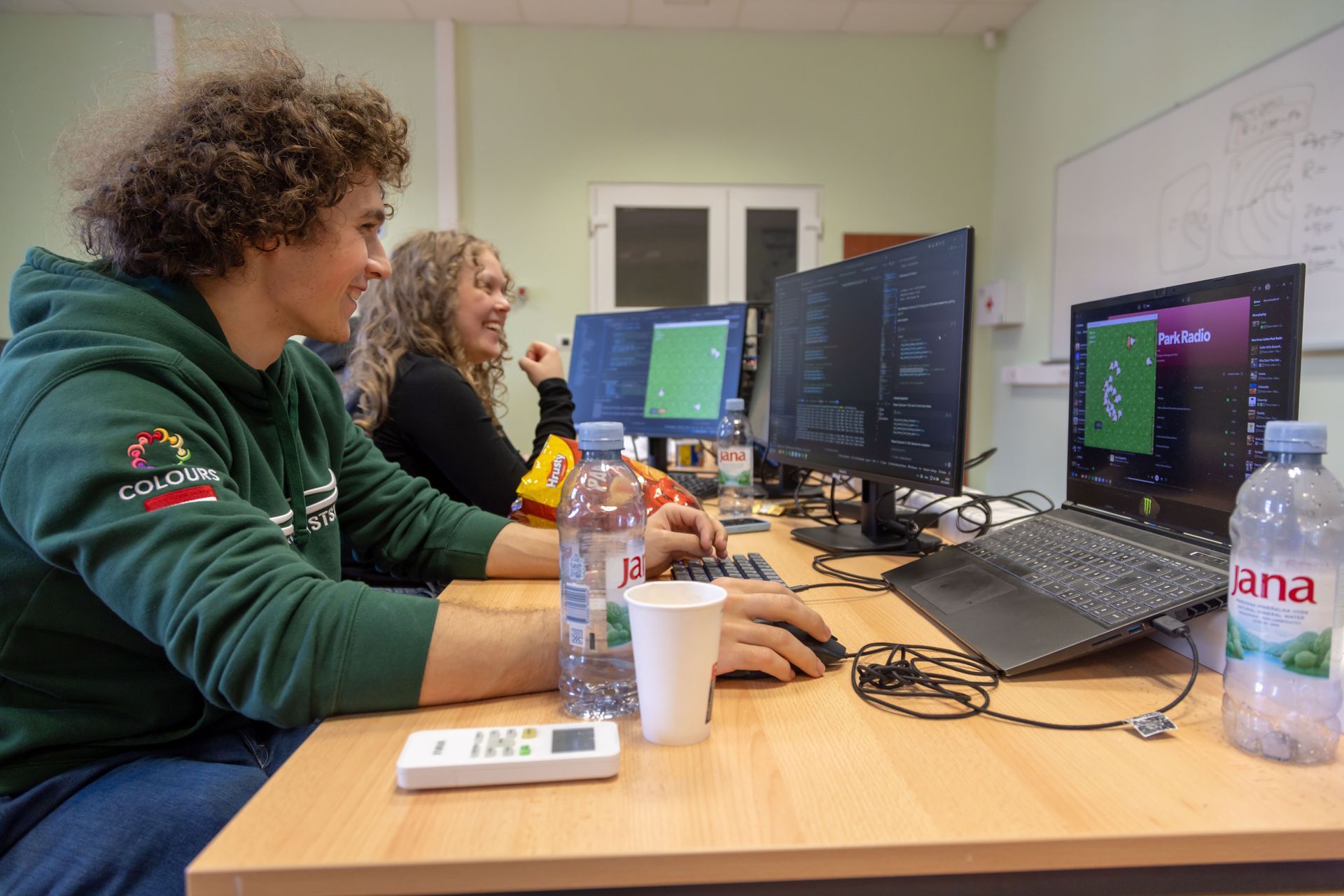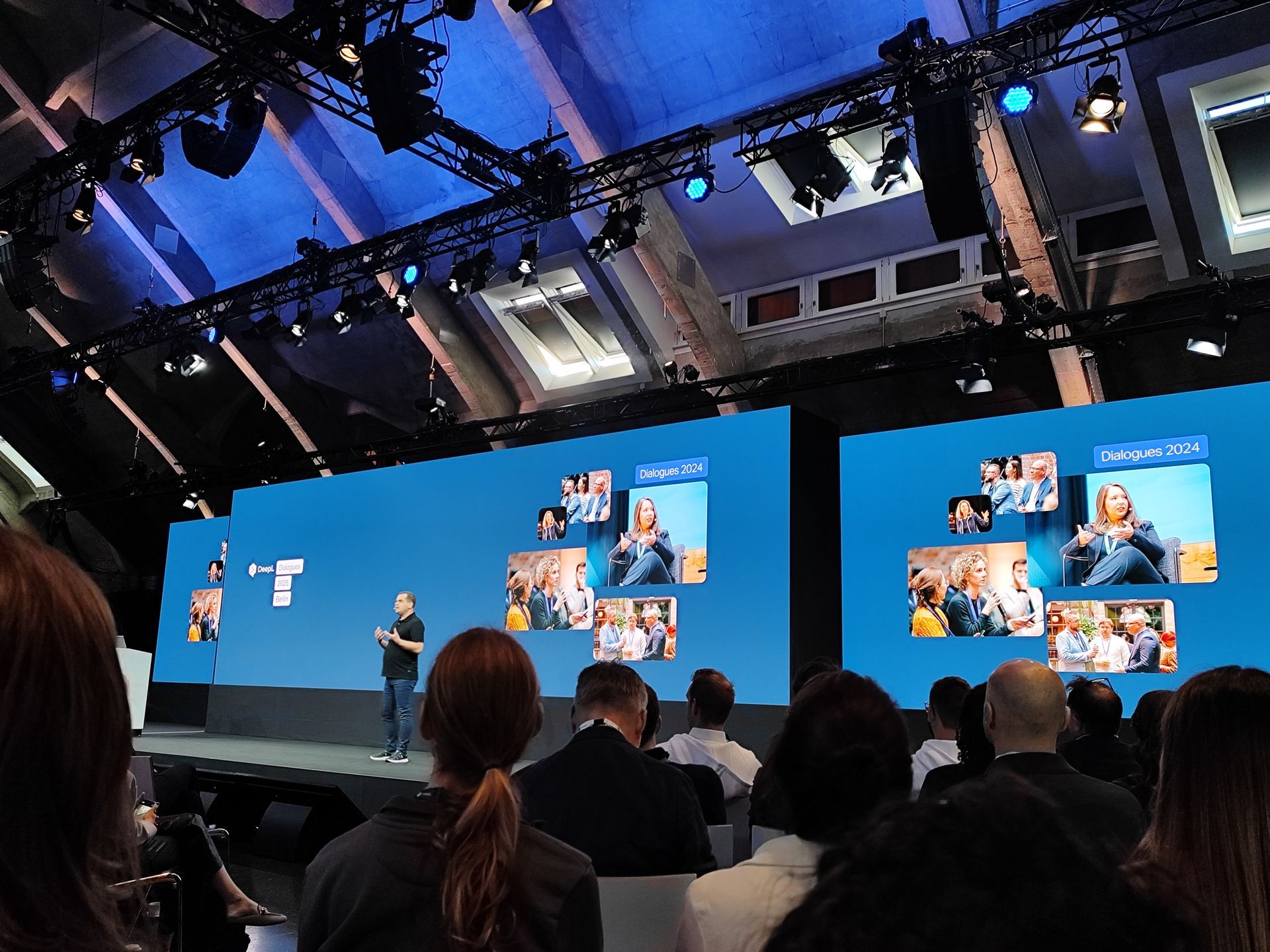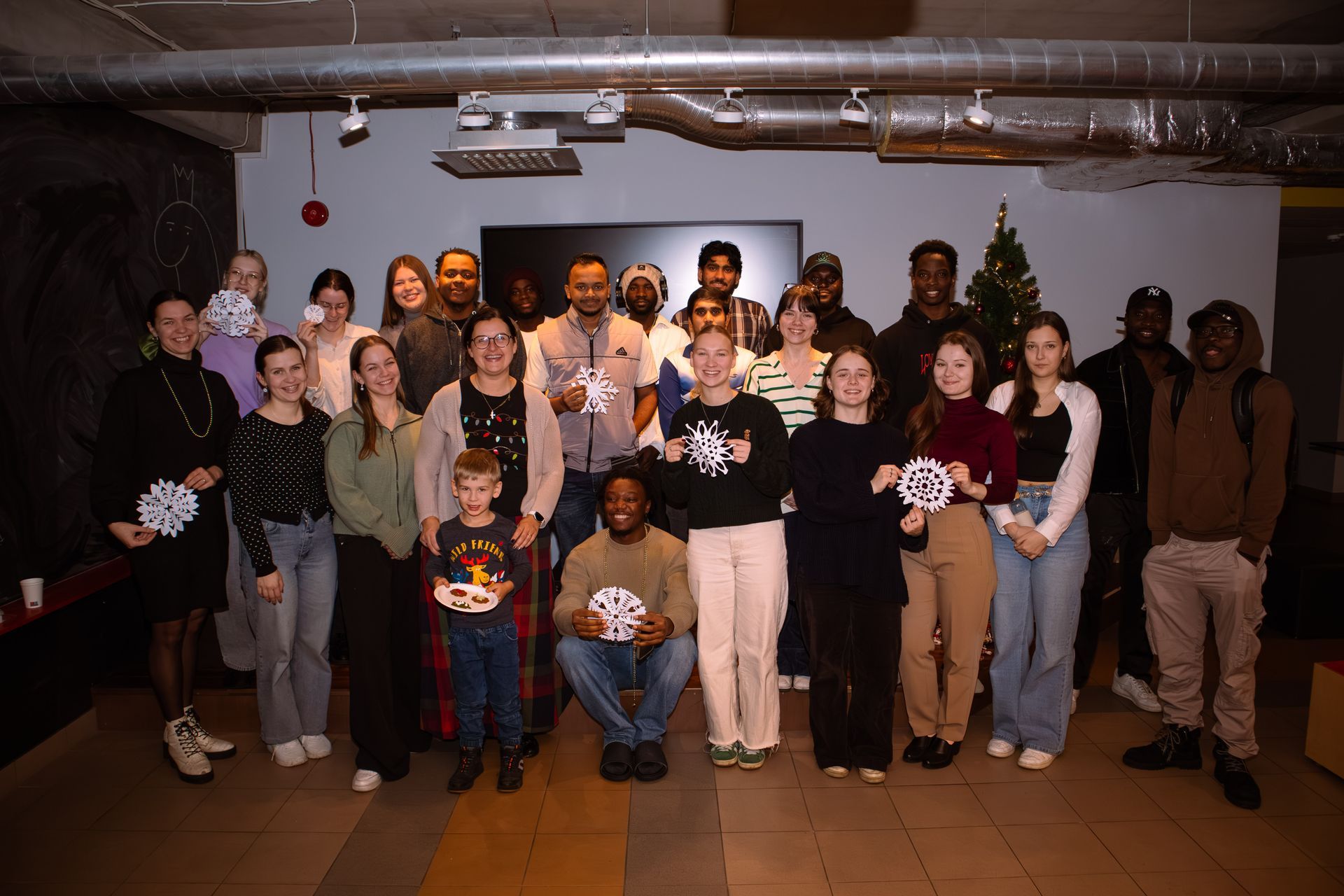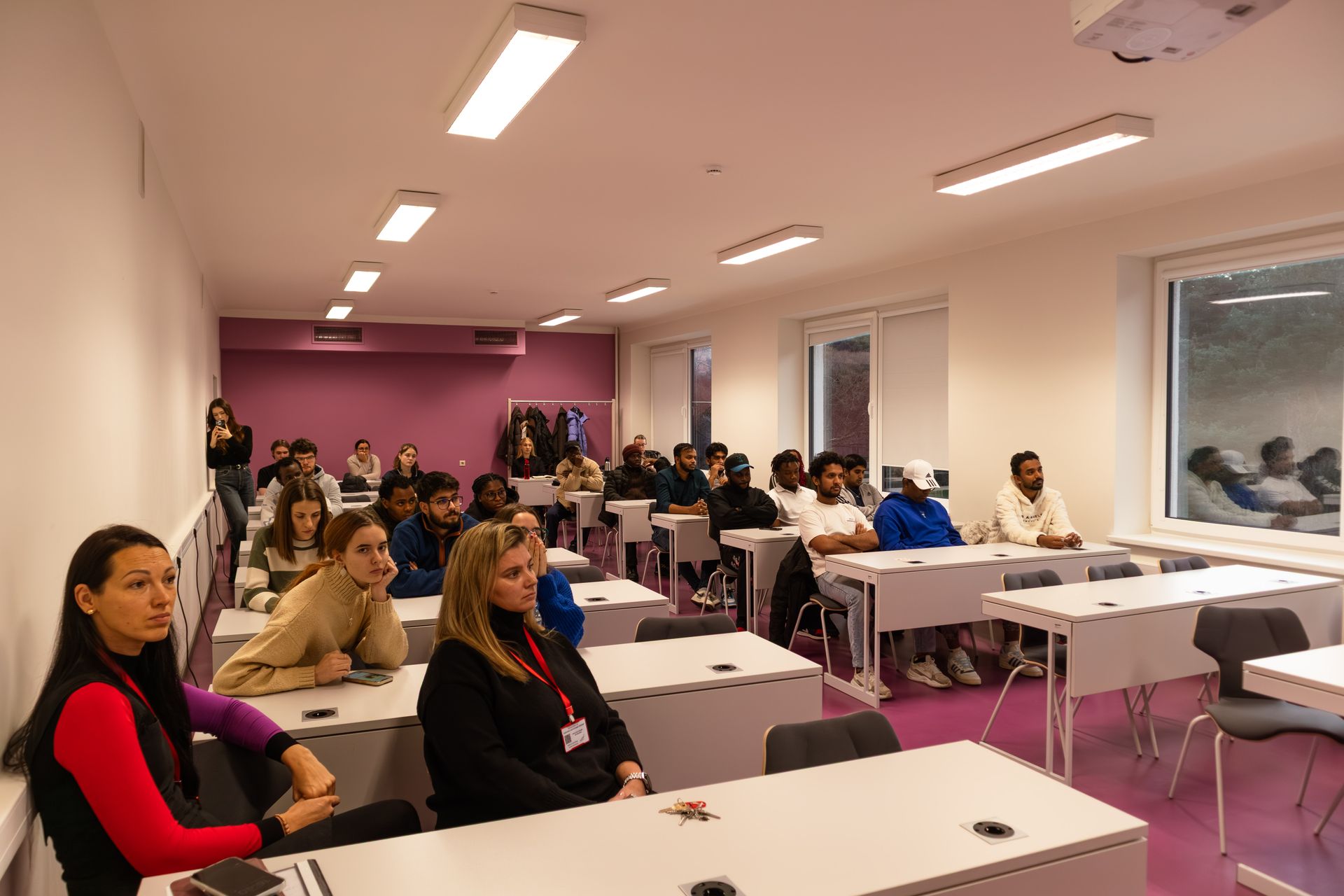VUAS team "PowerUpway" wins 5th place in the "Business Sketches" competition
The winners of Swedbank's annual business planning competition "Business Sketches" have been announced. The 5th place in the student team competition went to the Ventspils University of Applied Sciences team "PowerUpway" with a public charging station for smart devices.
The 5th place winner of the student group "PowerUpway" - a VUAS team, offered a public charging station for smart devices. These charging stations consist of ten lockable charging lockers, each of which can charge up to three smart devices. The lockers can be unlocked by payment via an app, bank card or cash. They contain charging cables for iPhone, usb standard and usb-c.
"We've been thinking about this idea for a long time, because we often find ourselves in situations where our phones are running low just when we need them most, for example on a long train journey. We think it would solve a problem for a large part of society, because you could charge your smart device anytime, anywhere, without worrying about whether there is an outlet nearby to charge it. The competition was a great motivation to understand what the next steps are and what the direction of the company is. In the near future, we plan to look for and find ways to attract funding and investors to turn the idea into reality," say Kārlis Freimanis and Edvarts Jasinkēvičs, members of the "PowerUpway" team.
In total, the finalists managed to attract 8548 votes in the last round of the competition, proving the topicality and viability of their business ideas.
"As it happens in business, there were teams that entered the competition with great confidence but lost the lead after the public vote, and there were teams that made a major breakthrough right after the voting round. Every business idea needs to be tested, because what seems relevant and exciting to you will not always be so to potential buyers. But the ideas in the competition were really great, and I hope that the experience will inspire those who did not win prizes this time not to give up, to further develop and improve their idea and find their right target audience," says Reinis Jansons, Head of the Swedbank Institute of Finance.
The best teams will receive cash prizes to develop their business: the 1st place winner in each age group will receive €1500, the 2nd place winner €1000 and the 3rd place winner €500, sharing the prize pool of more than €14,000. The teachers who advise the winning primary and secondary school teams will receive a cash prize of €200 to celebrate their students' success.
In the final round of the competition, five teams in each age group competed, and the young people were tasked with attracting the attention of supporters to their business ideas through a vote-raising campaign. The teams from Jelgava Spīdolas State Gymnasium, Lizums Primary School, Madona State Gymnasium, Riga Centre Humanities Secondary School, Riga State Technical College, RTU Engineering Secondary School, Riga State 1st Gymnasium, Banking University, Riga Technical University, Turiba University, University of Latvia and Ventspils University of Applied Sciences competed in the final round.
This year, for the first time, the competition was open to all who wanted to apply - both teams that already have their own student learning enterprise and business idea, and those who do not yet have one. The turnout was very high: 351 youth teams (1172 participants) from 26 regions of Latvia entered the competition. The most competitive group was the secondary school group - 237 teams; the primary school group - 92 teams; the university group - 22 teams. This year, the business plans were judged by a record jury of 90 Swedbank employees.
The Business Planning Competition "Business Sketches" is organised by Swedbank in cooperation with Riga Technical University, Skola 2030 and the Latvian Students' Association. The competition is divided into three age groups - primary school (grades 7-9), secondary school and university.
Share on other platforms
Other news







